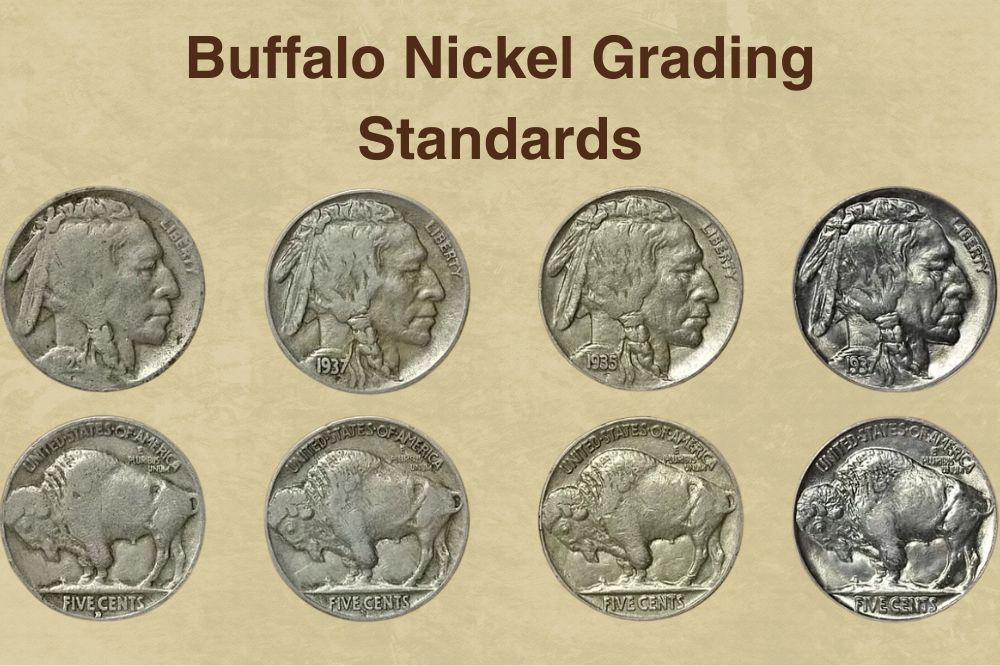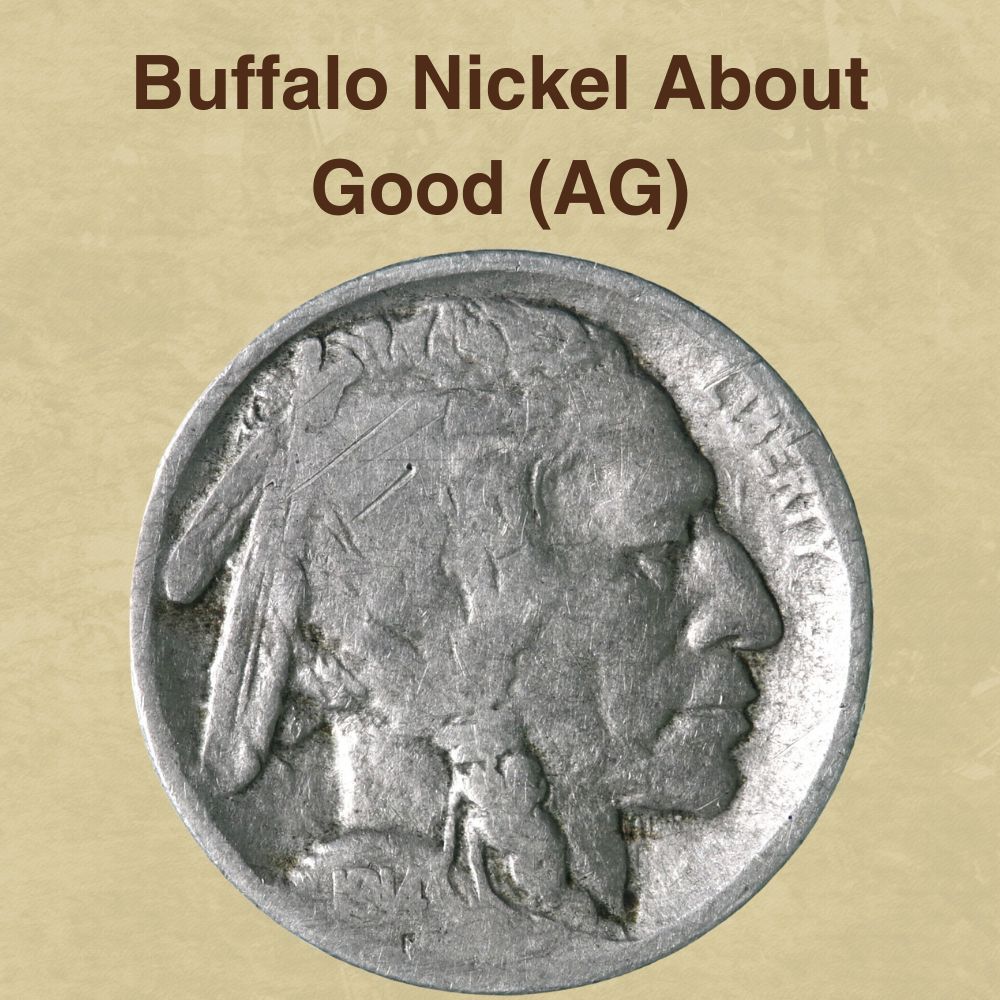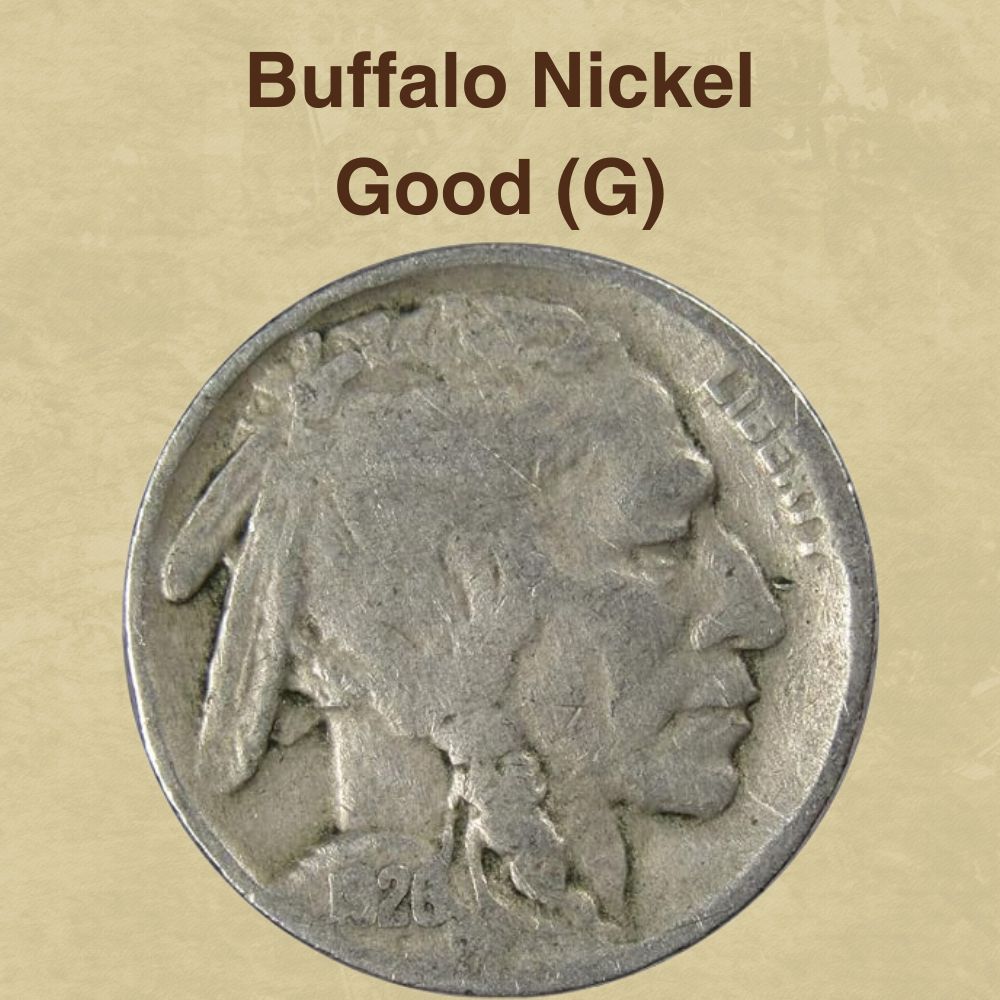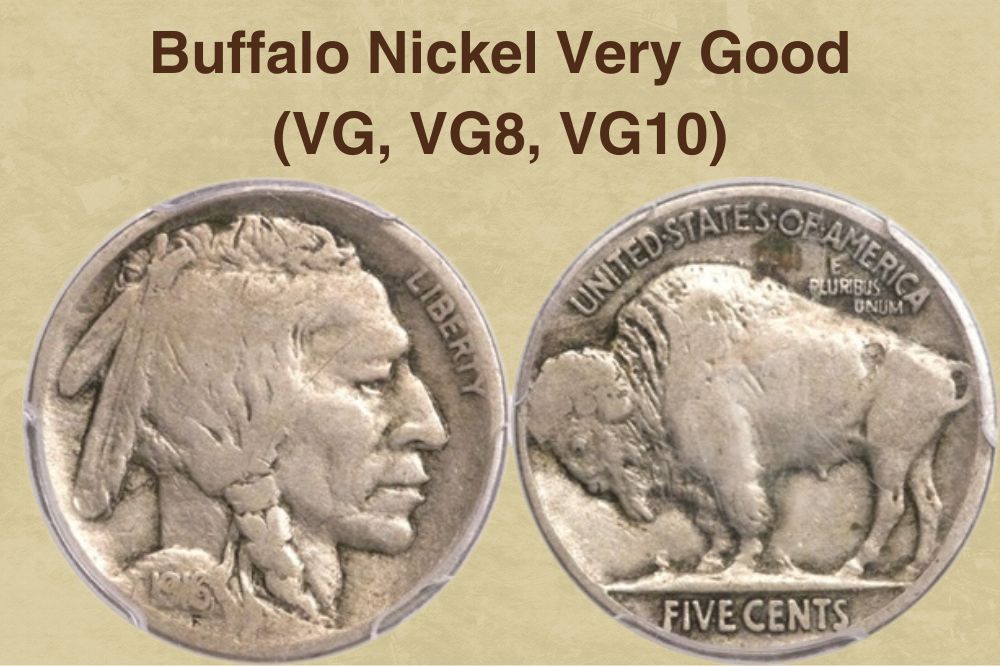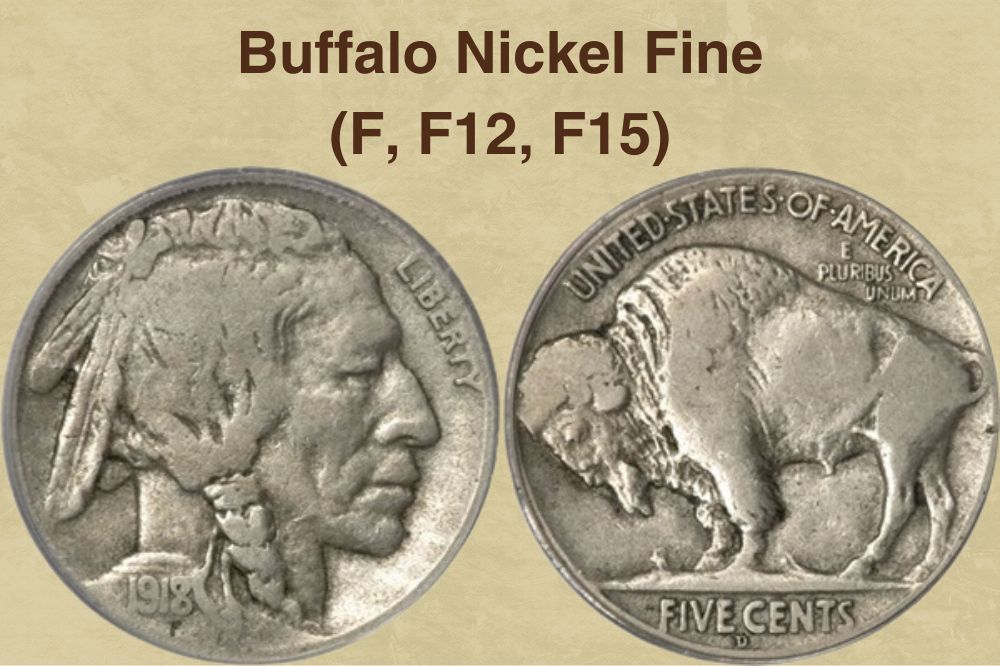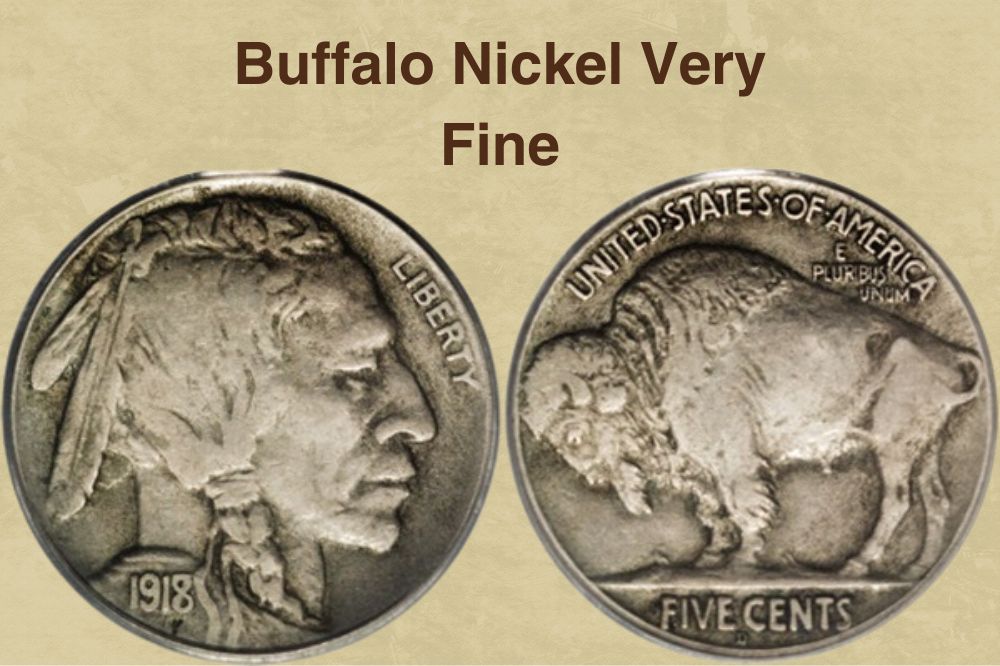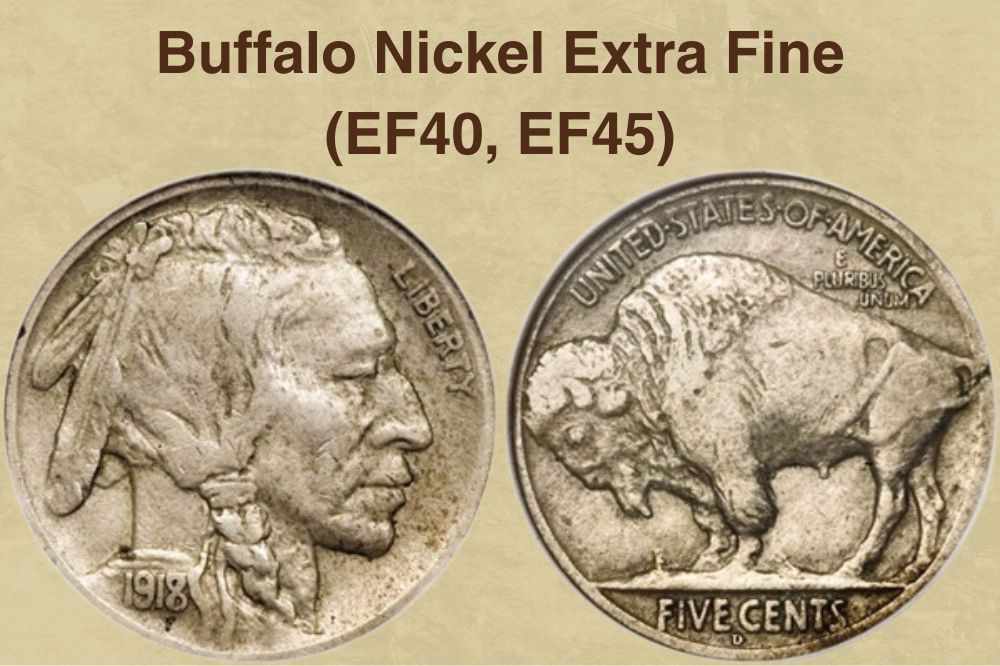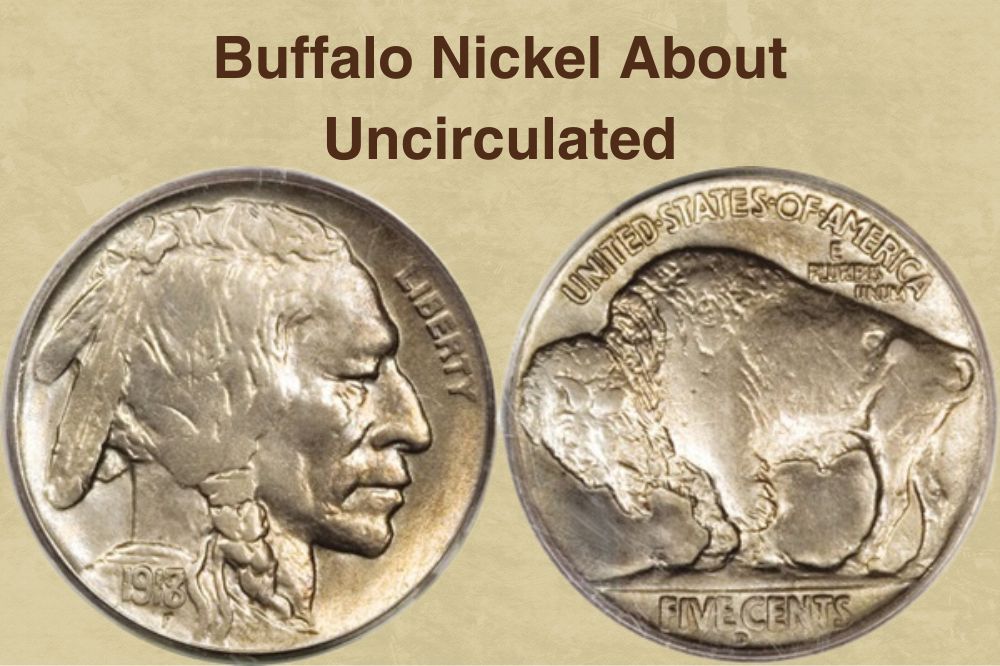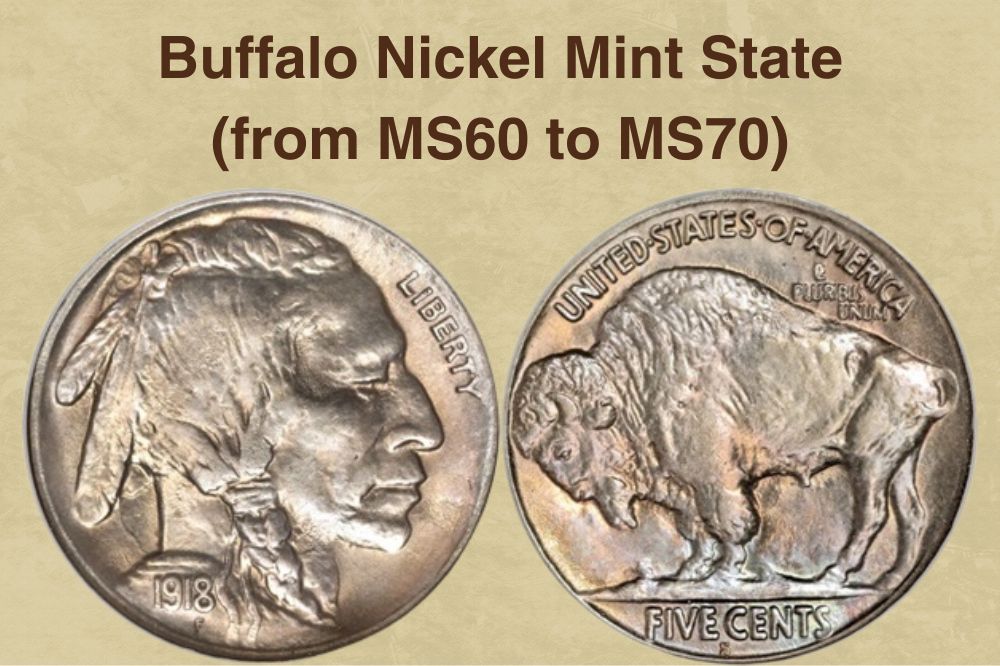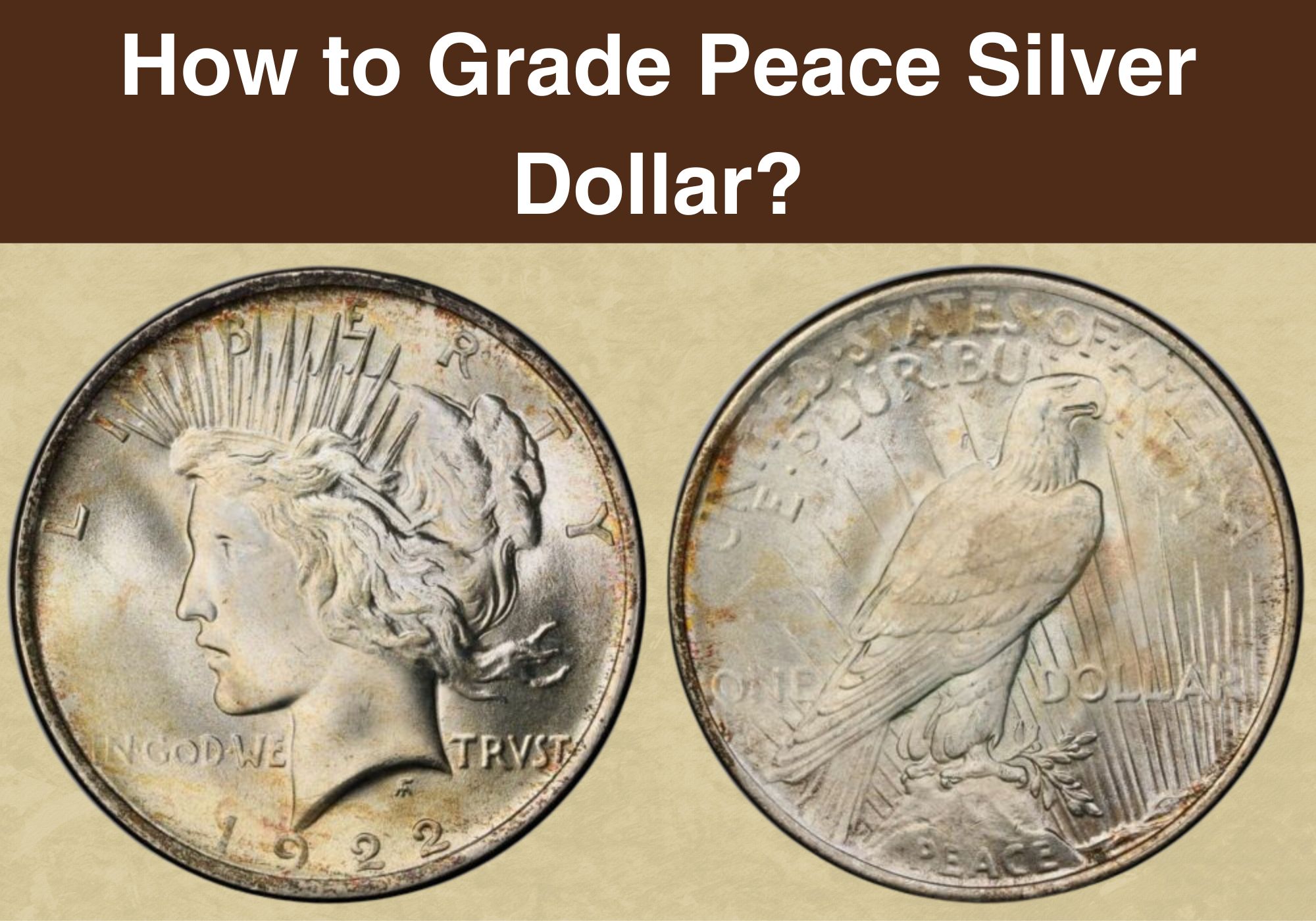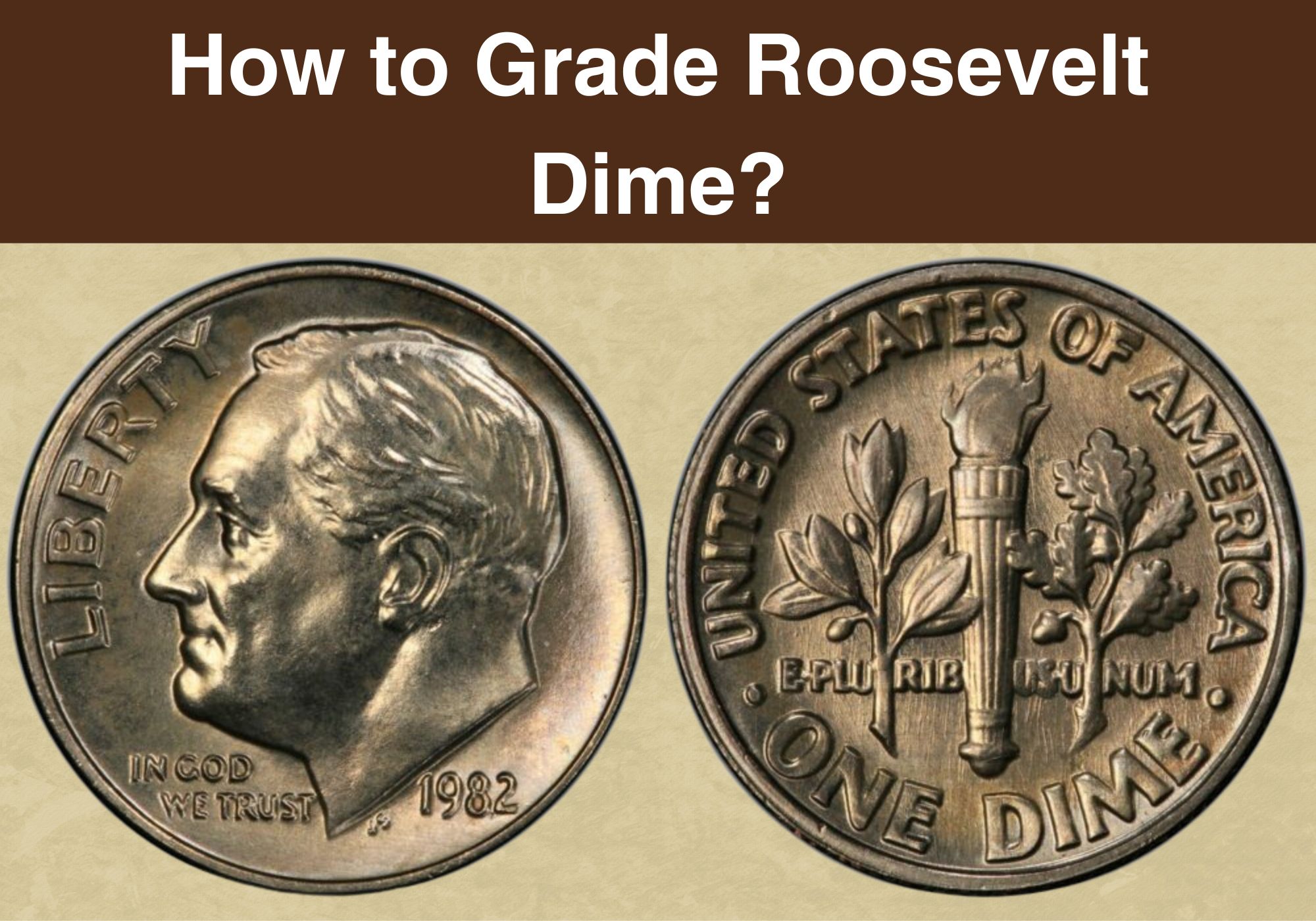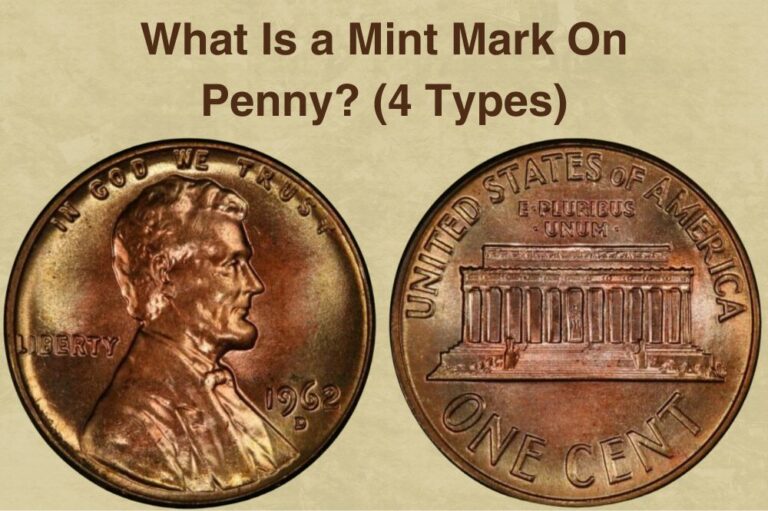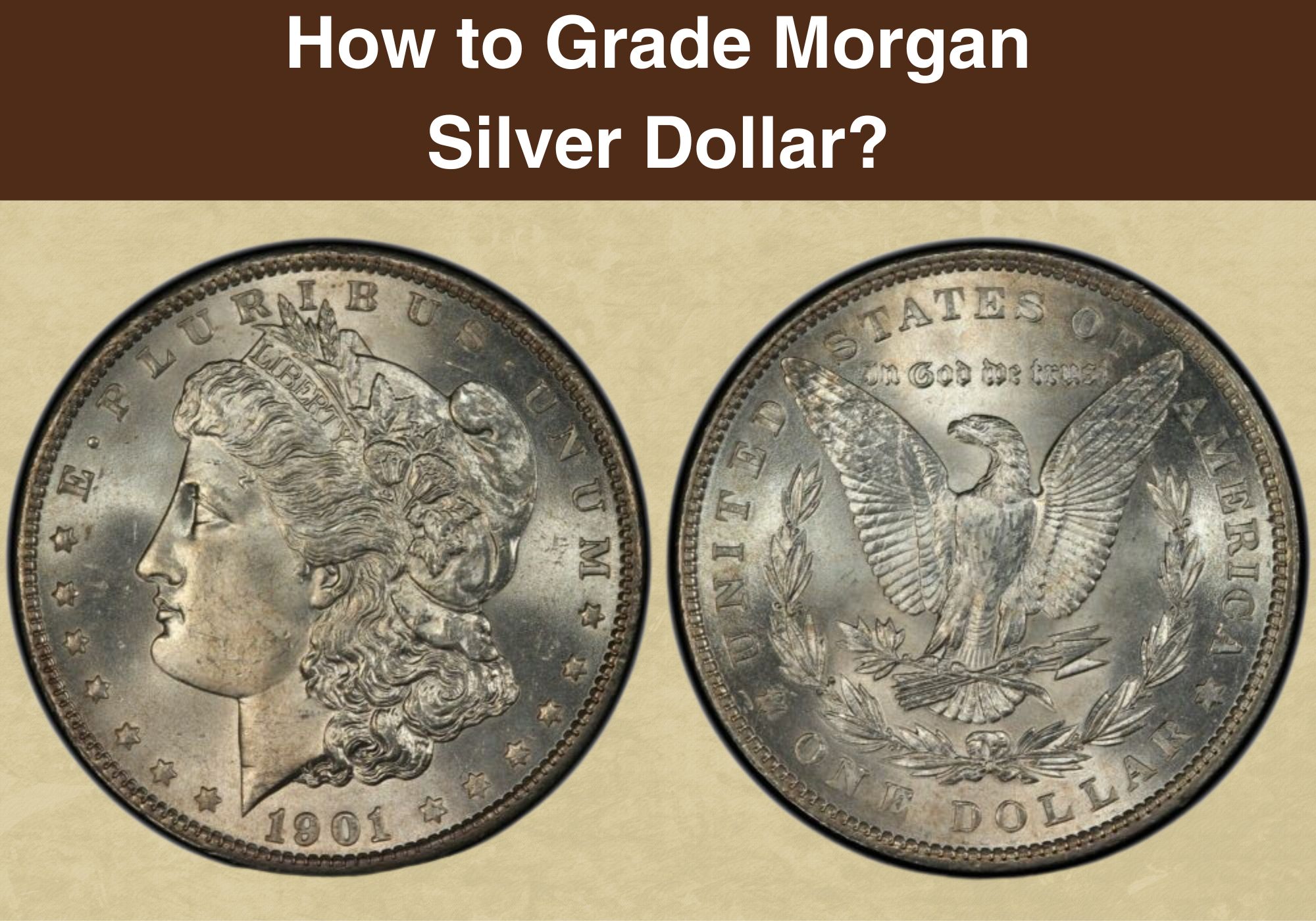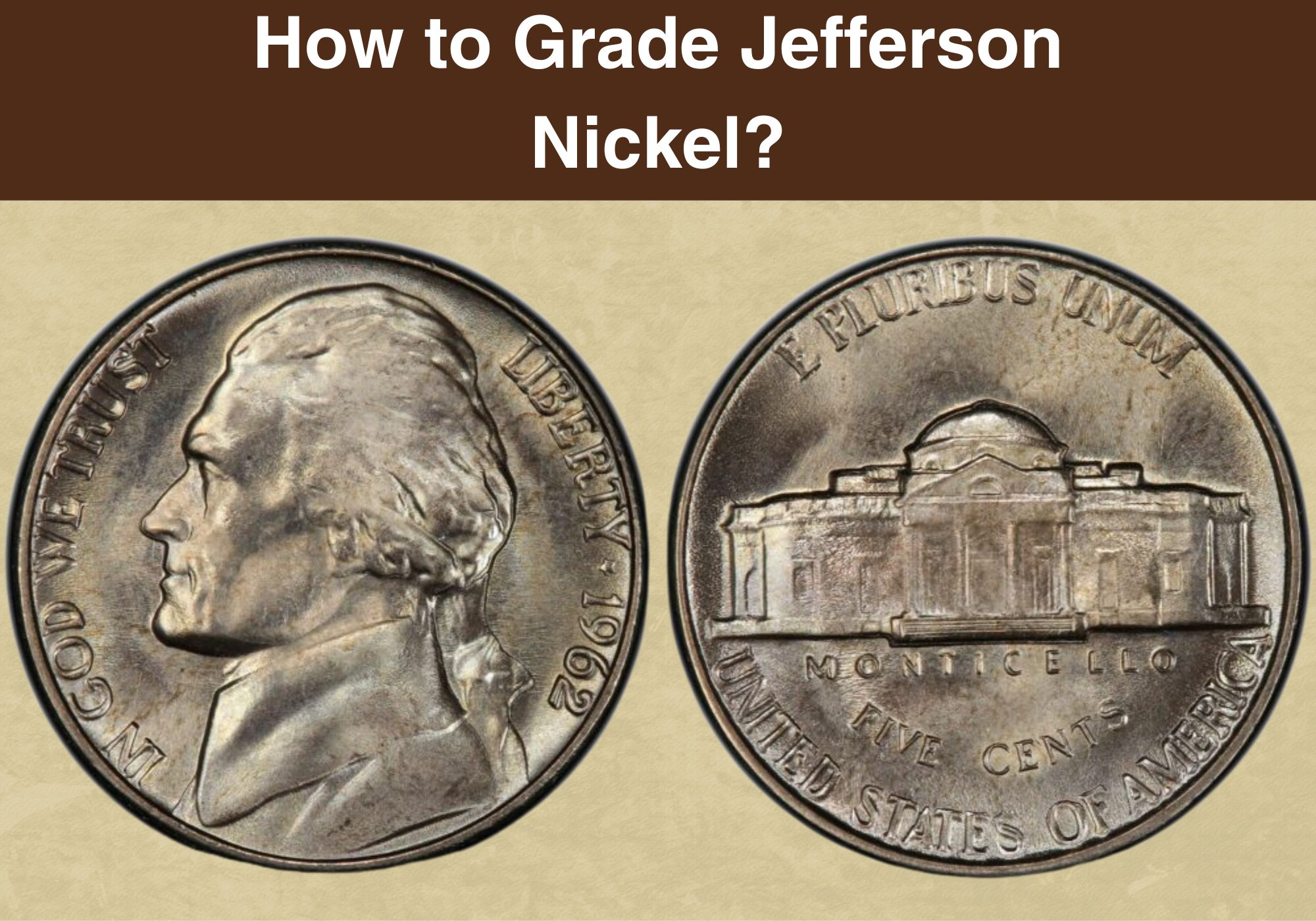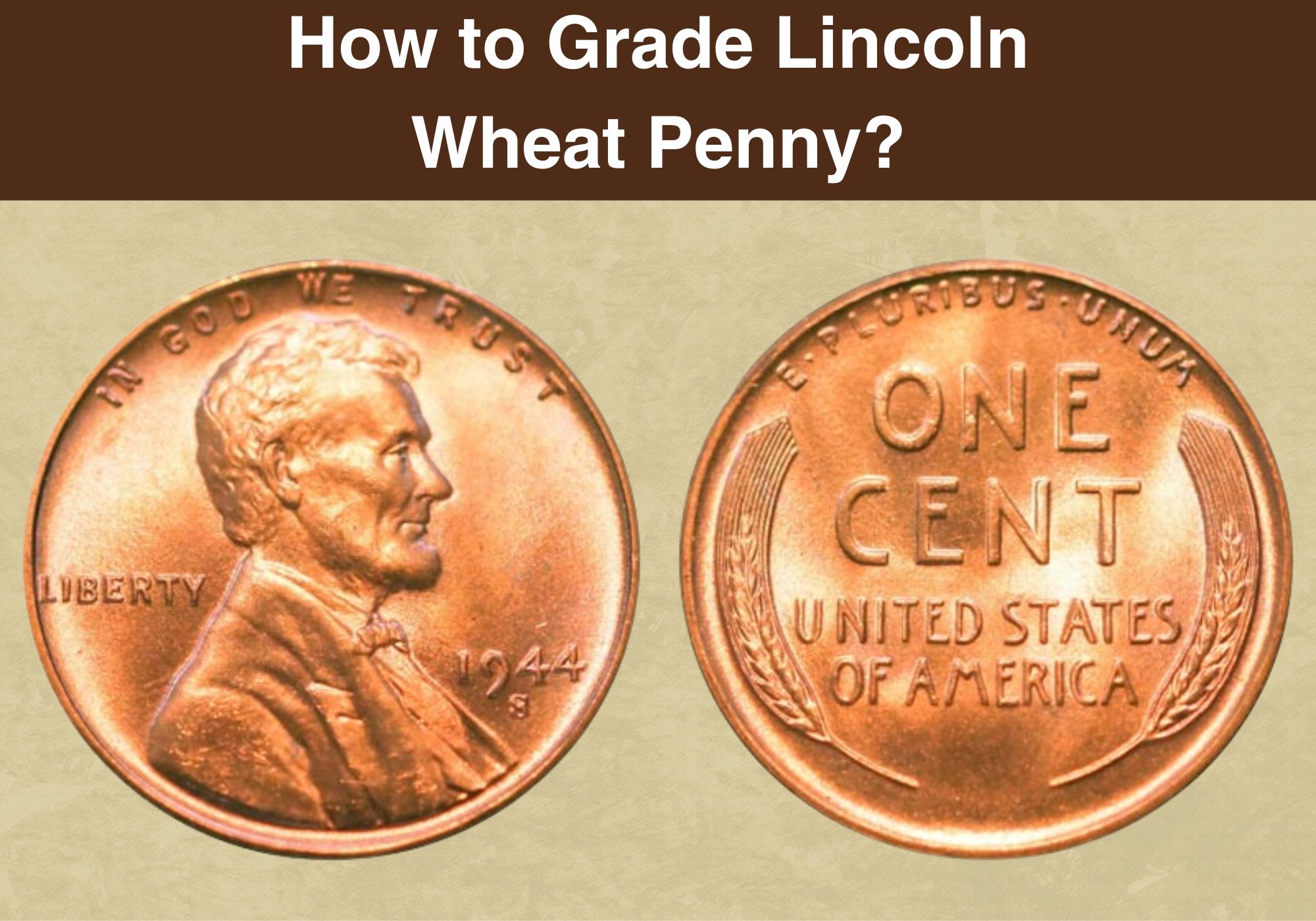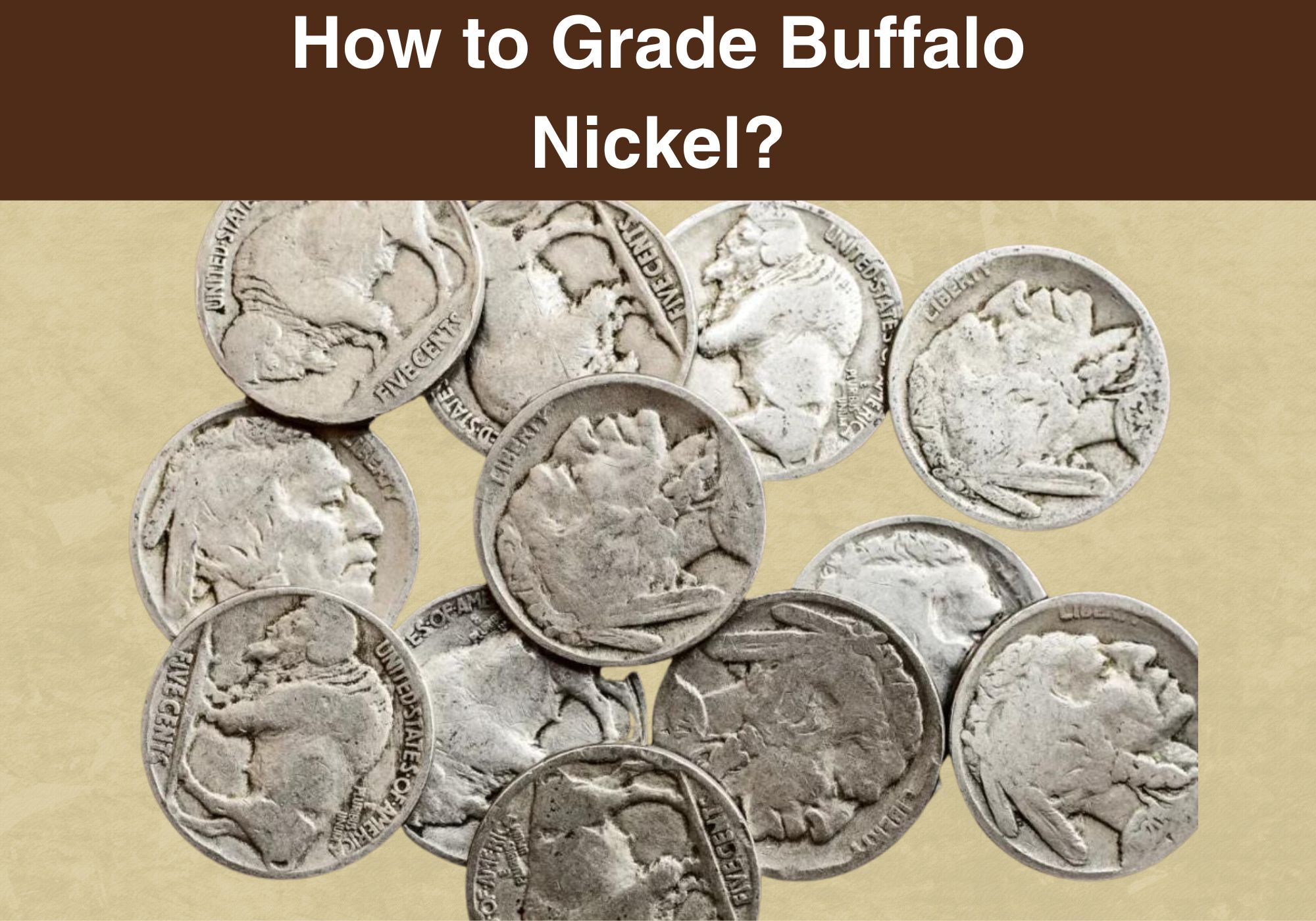
Coin Value Contents Table
All numismatists know that only accurate coin evaluation can precisely determine their value. It is crucial to find a way how to grade Buffalo nickels properly, depending on their age, quality, and numerous other factors. You can evaluate your specimen on your own, which is actually recommended for those of low quality and prices.
On the other hand, old and precious coins and those with rare errors are a completely different story. In such a case, a professional assessment is crucial and can significantly increase the nickels’ auction prices.
Grading Standards
The first thing every collector does when finding a new coin is to check its quality and determine its approximate grade and value. However, people who enjoy collecting coinage know that only professional appraising can bring a precise estimation and the highest prices at auctions.
As for American coins, the most valid is the ANA Grading Standards’ guidelines, so you can use them to assess your specimens accurately. This book describes each piece in detail regardless of age and condition, specifying the standard for every coin, including proofs and those from regular strikes.
Understanding Grades for Buffalo Nickel
The Buffalo nickels appeared in 1913 for the first time, and their production lasted until 1938, when Jefferson nickels took over the primacy. Compared to many American coins that are easy to grade, these five-cent pieces often defy the rules.
The problem is nickels minted in Denver and San Francisco from 1917 to 1927. These specimens often have indistinct high points, so experts sometimes have a lot of trouble estimating them.
Buffalo nickel |
|
| Face value | Five cents ($0.05) |
| Compound | Cupronickel alloy |
| Coin weight | 0.176 ounces (5 g) |
| Coin diameter | 0.835 inches (21.2 mm) |
| Coin thickness | 0.077 inches (1.95 mm) |
The ANA tried to make the process effortless by providing a list of unevenly struck dates with weak spots in some crucial details. They include the Native American’s braid, the date, and some buffalo body parts, including its head, horn, shoulder, and tail.
A particularly troublesome detail is the animal’s horn, which is often missing even in numerous mint state coins. That caused confusion in the past because the criteria for Very Fine Buffalo nickels must include a fully visible horn.
The ANA guide has added a few corrections about the subject until now. New instructions are about an invisible horn on coins in Very Fine and even better-graded specimens. That way, even a poorly struck but never used nickel with incomplete buffalo’s horn can be in the mint state but in a lower degree.
How to Grade Buffalo Nickel?
Most coins in the Buffalo nickel series wear unevenly, and some defects are noticed even among pieces in the mint state. The most recognizable issue is with a poorly struck buffalo horn, so you should check specific guidelines considering it.
Besides, minting problems with these five-cent coins cause their quick wear and tear over the years. That caused the date, denomination, and mint mark to be barely visible and difficult to read.
1. About Good (AG)
Such a coin shows too many traces of wear to be a collectible item. Inscriptions are barely legible, and images are smooth, so they look more like an outline than portraits.
Obverse
You can make out the outline of the Indian but not the details that make this coin beautiful and sought after. The date and LIBERTY are weak and merged with the rim but still readable.
Reverse
The buffalo design is partially worn away and entirely lacking in detail. The animal’s head and body are flat and without any beauty, while inscriptions are more or less legible despite being smooth.
2. Good (G)
Buffalo nickels in this grade are collectible, but most numismatists avoid collecting such a heavily worn-out coin. All legends and the date are legible but flat. The rim shows signs of wear, but it is mostly complete.
Obverse
Heavy wear erased fine details, but the deeper recesses are still visible. For instance, you can recognize feathers and hair on the top of the Indian’s head. The date is readable, while LIBERTY is more or less merged with the coin rim.
Reverse
The buffalo’s body is flat and without crucial details on its head, while the horn is entirely missing. Most typical elements on the shoulder and back are worn out. The inscriptions are readable but touch the rim in a few spots.
3. Very Good (VG, VG8, VG10)
Nickels in this grade are still well-worn, but their design is recognizable with defined significant elements. However, they are flat, and most of the desired details are missing, particularly the highest points.
Obverse
You can see visible hair outlines along the Indian cheek and temple bone. The LIBERTY is fully visible but partially merged with the rim while the date is complete.
Reverse
You can notice detail on the buffalo’s head, including the horn, but it is still flat. Some parts on the top of the animal’s body are visible, while inscriptions are legible.
4. Fine (F, F12, F15)
Coins in this grade are more collectible than lower-ranked ones, particularly those from the early years. In fact, specimens from a few minting years can be surprisingly expensive despite this moderate grade.
You can spot an even wear over the entire nickel surface with bold major design elements, including three-quarters of the horn. Additionally, these pieces come with recognizable and readable lettering and an intact rim.
Obverse
Approximately 75% of the details in Indian’s hair and braid are clear, and you can see a clearly defined cheek and hair. The hair above the braid shows a few separated strands despite an overall flatness. All digits in the date are complete, while the letters in LIBERTY are still plain and partially merged with the rim.
Reverse
The first things to look at are a horn and tail. Although they are smooth, you can recognize that about 3/4 of these body parts are visible, including a solid horn base. Besides, the most significant details along the bison’s back are visible.
On the other hand, the fur on its head and front leg are flat without details, while the hip roundness is merged with the tail tip. All inscriptions are bold and readable.
5. Very Fine (VF, VF20, VF25, VF30, VF35)
You can still notice moderate to minor wear on the highest design points, but the lower ones are only slightly flat. However, it doesn’t detract from the coins’ beauty, making them attractive and pleasing.
Obverse
Even though Indian’s cheekbone is still flat, you can notice that his hair is almost fully detailed. The braid and feathers in his hair are partially worn but sharp and with recognizable main details.
Reverse
The buffalo’s horn is almost completed, while its head is still worn out without all the detail. The tail, front leg, and hip are visible but flattened.
6. Extra Fine (EF40, EF45)
These coins show slight wear on the highest points, but most details are well-defined and sharp. You can even notice traces of mint luster because of only a minor metal loss from the surface. Overall, this coin is beautiful enough to be collectible.
Obverse
Detail wear is still noticeable, particularly on the hair above the braid, near the cheekbone, and on the temple. The hair ribbon and braid are almost complete despite slight wear and tear. The date is bold and fully raised, with all digits entirely recognizable.
Reverse
Even though the horn and tail end are smooth, they are complete and with all visible details. You can notice light flatness on the highest points on the buffalo’s back, hip, and thigh.
The fur above the horn is smooth, but many elements have remained on other parts. Inscriptions are fully readable, and the coin rim is complete.
7. About Uncirculated (AU50, AU55, AU58)
These nickels spent only a limited period in circulation, so you can expect them to show only minor traces of wear on the highest points. There is also at least half of the mint luster over the well-preserved surfaces.
Obverse
You can notice slight wear on the Indian cheek’s highest point, on his hair, and the top of the braid. These coins are shiny with numerous details and an appealing appearance. Most collectors consider such specimens worth collecting.
Reverse
While most of the reverse design is complete, there are some traces of wear on the bison’s hip, shoulder, tail, and hair around its horn. Other design elements are decently defined and bold, while inscriptions are flawless.
8. Mint State (from MS60 to MS70)
Buffalo nickels in uncirculated condition are excellently looking coins with preserved design details on both surfaces and mint luster. However, you can recognize tiny differences between a few subgrades.
They include slight metal color changes and texture smoothing on the highest points. Besides, some pieces come with so-called bag marks that disturb their perfection despite spending all the time unused and protected.
Summary
The Buffalo nickels are beloved and pretty collectible coins nowadays, but their design was a nightmare for mints to produce. An incomplete strike, causing the initially flat highest points, caused problems with early wear and tear. The result was barely visible details, and you must consider that when evaluating your nickel.

